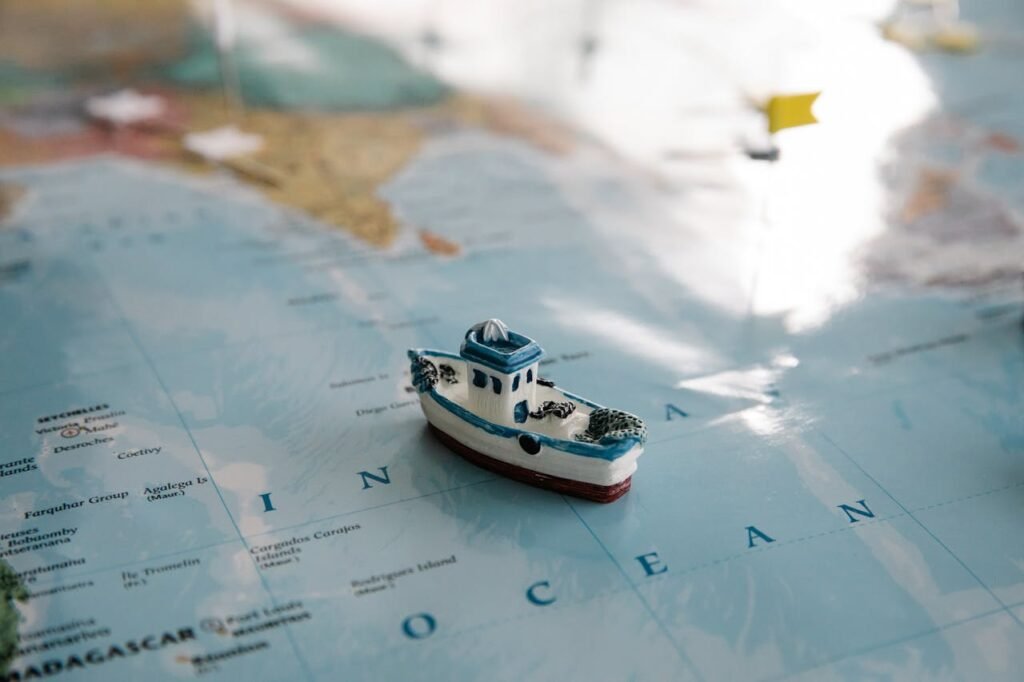Shipping can seem like a complex process, especially for beginners who are unfamiliar with the terms, options, and decisions involved. Whether you’re sending personal packages, starting a small e-commerce business, or shipping goods internationally, understanding the basics of the shipping world is essential to ensure smooth, timely, and cost-effective delivery. This guide will help you get started by breaking down the essentials of shipping, so you can navigate it with confidence.
1. Choose the Right Shipping Provider
The next step is selecting the shipping provider that best fits your needs. The right provider will depend on factors like your budget, shipping destination, and delivery speed. Some of the most popular shipping providers include:
- UPS, FedEx, and DHL: These companies are well-known for offering reliable domestic and international shipping, with a variety of service levels such as express, standard, and economy options.
- USPS (United States Postal Service): For those shipping within the United States, USPS is often a cost-effective option, particularly for lightweight packages. They also offer international services, though transit times may be longer.
- Courier Services: For local or same-day deliveries, you may want to consider courier services, especially for smaller or urgent shipments.

Be sure to compare pricing, service reliability, and any additional features like tracking, insurance, or specialty handling when deciding on a provider. At shiply.com, you can find several different shipping providers who will provide you with detailed quotes and information.
2. Packaging Matters
One of the most important parts of the shipping process is packaging your items properly to ensure they arrive intact. The right packaging can prevent damage, reduce shipping costs, and even protect against theft. Here’s how to package your items like a pro:
- Choose the Right Box or Container: Use a sturdy, appropriately sized box that can handle the weight of your items. If your box is too large, your items may shift during transit and risk being damaged.
- Use Protective Materials: Cushion your items with bubble wrap, foam, or packing paper. Fragile items should be wrapped individually and secured tightly within the box to prevent movement.
- Seal the Box Properly: Use strong packing tape to seal all seams of the box, including the edges, to prevent it from accidentally opening during shipping.
- Label Your Package Clearly: Write or print the destination address clearly and double-check that all information is correct. Include your return address as well.
- Some shipping providers may offer free or discounted packaging supplies if you ship regularly or use their services frequently.
3. Understanding Shipping Labels and Documentation
For beginners, shipping labels and documentation may seem confusing, but it’s important to get them right. A shipping label includes essential information that helps the carrier deliver your package to the correct destination. Here’s what you should know:
- Sender and Recipient Information: This includes the name, address, and contact information of both the sender and recipient.
- Tracking Number: This is the unique identifier for your package, which you and the recipient can use to monitor the shipment’s progress.
- Shipping Barcode: The barcode is scanned by the shipping provider to track and route your package along its journey.
- Customs Declaration (for international shipping): If you’re shipping items internationally, you’ll need to complete a customs declaration form. This document includes a description of the contents, their value, and the purpose of the shipment (e.g., gift, commercial sale).
Accurate labeling and documentation will ensure that your package is processed efficiently and delivered without delays.
4. Consider Insurance and Tracking Options
When shipping valuable or fragile items, it’s wise to consider purchasing insurance and tracking. Many shipping providers offer these services for an additional fee:
- Insurance: This covers the value of your items in case they’re lost or damaged during shipping. For expensive or irreplaceable goods, insurance provides peace of mind.
- Tracking: Most shipping providers offer basic tracking with their services, but you may want to upgrade to more detailed tracking options. This allows you to see real-time updates on your package’s location and estimated delivery time.
5. International Shipping Considerations
Shipping internationally introduces a few additional factors to consider:
- Customs and Duties: Many countries require packages to pass through customs, which can delay delivery. Depending on the destination and value of the goods, customs fees or duties may apply. Be sure to research the destination country’s requirements before shipping.
- Shipping Regulations: Certain items may be restricted or prohibited from being shipped internationally. Items like food, plants, chemicals, and weapons may be subject to strict regulations.
- Longer Delivery Times: International shipping generally takes longer than domestic shipping, especially if customs clearance is required. Plan ahead if you’re shipping internationally, as delays can be common.
Final Thoughts
Navigating the world of shipping can feel overwhelming at first, but with a clear understanding of your needs, the right shipping provider, and proper packaging and documentation, you can make the process smooth and stress-free. Whether you’re shipping domestically or internationally, following these basic guidelines will ensure that your packages reach their destination safely and efficiently.
